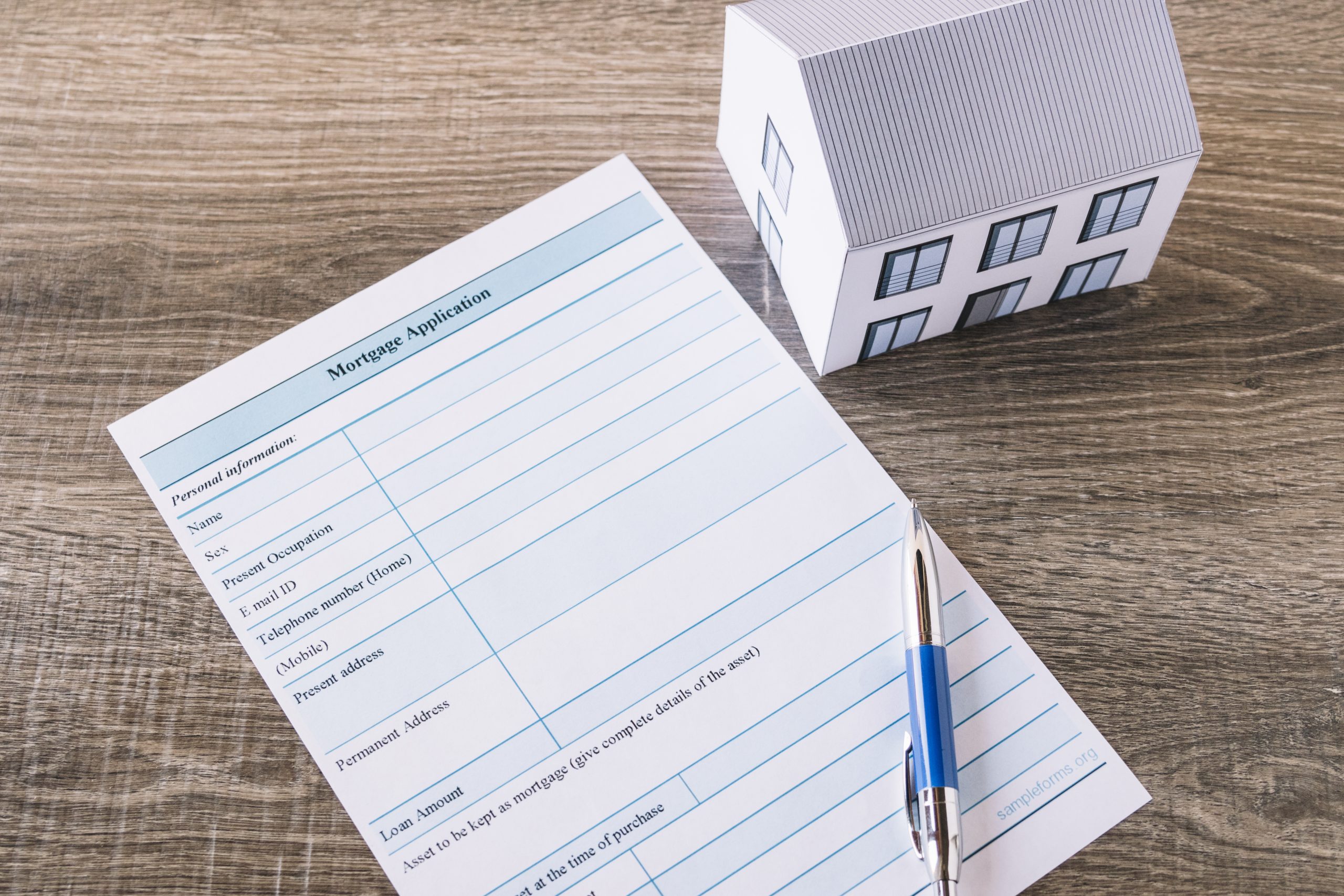Introduction: Home is where the heart is (and where you shouldn’t leave insurance)
Think about this for a moment: If your home could talk, what stories would it tell?
Children’s first steps in the hallway. Sitting on the couch watching a movie. The time the kitchen caught fire because someone (ahem) forgot garlic bread in the oven.
Our homes aren’t just walls and roofs — they’re where life goes on. That’s why home insurance isn’t just a “nice-to-have,” it’s a must-have. But before you buy a policy, you’ll need something important: a home insurance estimate.
Now, if hearing the word “estimate” makes you think of long forms, calculator apps, and confusing fine print — breathe easy. This guide is here to explain everything in a clear, practical, human way. Let’s dig deeper.
- What exactly is a home insurance estimate?
Let’s start with the basics.
A home insurance estimate is essentially a projected figure of how much it will cost to insure your home. It’s like a preview of what your annual or monthly premiums might look like before you sign on the dotted line.
This estimate considers a lot of different things — like the size and age of your home, where it’s located, how much it would cost to rebuild, and what kind of protection you want.
Think of it like this: If home insurance were a pizza, the estimate tells you the price based on the size of the pie, the toppings you choose (coverage options), and even the location of the pizzeria (i.e. your zip code).
- Why you should care about getting an accurate estimate
It’s easy to overlook the importance of a proper estimate. After all, isn’t all insurance the same?
Not really.
Here’s why a good estimate matters:
Budgeting: You don’t want a $3,000 bill to suddenly show up in your mailbox.
Confidence of coverage: An accurate estimate helps ensure you’re not underinsured (that’s bad if disaster strikes) or overpaying for coverage you don’t need.
Comparative shopping: This is your weapon to compare offers from different insurance companies.
Peace of mind: Knowing you’re getting the right protection at a fair price just feels good.
- What’s included in a home insurance estimate?
Getting a home insurance estimate isn’t like throwing dice. It’s based on solid information — and lots of information. Here’s a look at the key elements:
- Rebuild cost
This isn’t what you paid for your home, nor what it would sell for today. It’s what it would cost to rebuild your home from scratch using today’s labor and materials.
A 2,000-square-foot home in Kansas? It might cost $120 per square foot to rebuild. In California? It’ll cost you $300 or more per square foot.
- Home features and materials
Is your roof made of shingles or slate? Do you have hardwood floors or carpet? Is there granite in the kitchen? All of these details matter. More luxurious features = higher rebuild costs = higher premiums. - Home age and condition
Older homes can cost more to insure, especially if they have older plumbing, wiring or roofing. If your home has recently been renovated, that could lower your rate. - Location
Do you live near a fire station? Good news—lower premiums. Live in a flood-prone area or high-crime neighborhood? That could increase your costs. - Coverage types and limits
Do you want just the basic features (like fire and theft), or do you want extended coverage for things like earthquakes, sewer backups or identity theft? The more you add, the more it costs. - Deductible
This is the amount you pay out of pocket before insurance kicks in. Higher deductibles usually mean lower premiums, and vice versa. - Claims history
If you’ve filed multiple claims in the past, insurance companies may consider you a higher risk — which means higher costs. - Types of coverage included in your estimate
So, what exactly are you getting quotes for? Here’s a breakdown of the main coverage types that typically appear in your estimate: - Residential coverage
This is the biggest — it covers the structure of your home. If a tree crashes through your roof or a fire damages your kitchen, this coverage pays for repairs or rebuilding. - Other structures
Think fences, detached garages, sheds, or gazebos. Typically, this is 10% of your residential coverage. - Personal Property
All your “stuff” – furniture, electronics, clothing, dishes. This is usually 50-70% of your dwelling coverage. - Loss of Use (or Additional Living Expenses)
This pays for hotel stays, meals, and temporary housing if you can’t live in your home because of a covered loss. - Liability Protection
If someone sues you after slipping on your icy driveway or getting bitten by your dog – this protects you. - Medical Payments
This covers minor injuries to guests, regardless of their fault. - The Online Estimate Experience: What to Expect
Thanks to technology, it’s easier than ever to get a home insurance estimate. You can do it from your phone or laptop in 10-15 minutes. HereHere’s what to expect:
Step 1: Enter your information
Home address
Home type (single-family, condo, etc.)
Square footage
Year built
Construction type
Step 2: Customize your coverage
Set your residential limits
Choose your deductible amount
Add optional coverage (flood, earthquake, etc.)
Step 3: Review and compare
You’ll receive an estimate. Often, several tiers are offered: Basic, Standard, and Premium. From here, you can save your quote, make changes to it, or start shopping.
Some of the top insurers that offer online quotes are:
State Farm
Allstate
Liberty Mutual
Lemonade
Hippo
Progressive
Farmers
- What is a “good” home insurance estimate? This depends on a number of factors, but here’s a rough idea:
National average: About $1,500 per year or $125 per month
Lower-cost areas (Midwest, smaller cities): $800–$1,200/year
Higher-cost areas (coastal areas, larger cities): $2,000–$3,000+/year
Keep in mind:
Larger homes cost more to insure
Older homes may need special coverage
Discounts can be huge
- Ways to lower your estimate (without compromising coverage)
Want to save some money? Here are smart, practical ways to lower your home insurance estimate:
Bundle with auto insurance
Raise your deductible
Install safety features (alarms, smart locks, smoke detectors)
Make home improvements (replace the roof, plumbing upgrades)
Avoid small claims to keep your record clean
Shop around annually
Pro tip: Some insurers offer discounts for working in education, the military or healthcare. Always ask.
- Mistakes to avoid when getting an estimate
We all make mistakes. But when it comes to home insurance, here are some mistakes you should avoid:
Underestimating rebuild costs – don’t rely on your home’s market value.
Not getting coverage on valuables – jewelry, art and collectibles may need extra protection.
Forgetting liability limits – lawsuits can be costly.
Choosing the cheapest policy because – you get what you pay for.
The best way? Focus on value — not just the low number.
- Special circumstances that affect your estimate
Life isn’t always the same, and your estimate reflects that. - Renting out a room or Airbnb
You’ll need special coverage for short-term rentals. Not disclosing this can lead to claims being denied. - Living in a high-risk area
Flood-prone areas, hurricane zones or wildfire areas will increase your estimate — and may require separate policies. - Owning a historic or unique home
Custom features = higher cost to rebuild. Get an expert appraisal. - How to compare estimates like a pro
Let’s say you got three estimates from three different companies. How would you compare them?
Here are some things to look for:
Coverage limits (dwelling, liability, personal property)
Deductible amounts
Exclusions
Riders or endorsements
Customer service ratings
Available discounts
Use tools like J.D. Power, AM Best and the NAIC Complaint Index to research a company’s reputation.
- Talking to an agent: What to ask
Whether you’re old-fashioned or just want peace of mind, talking to a human can be helpful. Here are some questions to ask:
What’s covered—and what’s not?
Are there any discounts I qualify for?
Can I adjust my deductible?
How are claims handled?
Is it replacement cost or actual cash value coverage?
Conclusion: Your home is worth protecting—properly
Getting a home insurance estimate may not be the most glamorous part of home ownership—but it’s the smartest. It’s not just about the price – it’s about peace of mind, knowing that your safe space, your investment and your family’s memories are protected.
So take your time. Get estimates. Ask questions. Choose wisely.
Because in the end, a good estimate isn’t just a number – it’s the start of building your home’s safety net.



